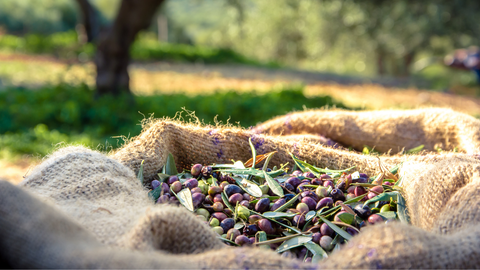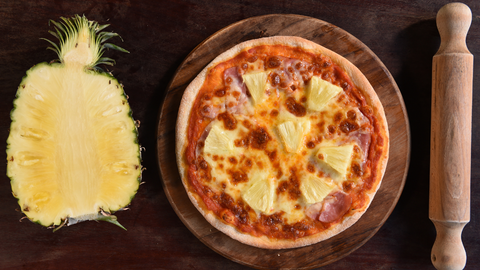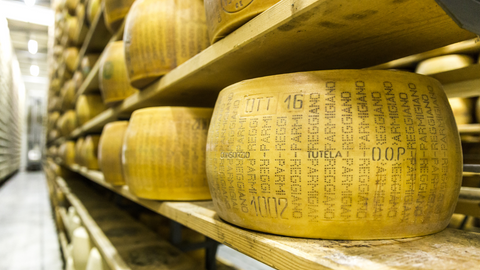Extra virgin olive oil (EVOO), a cornerstone of the Mediterranean diet, is prized for its health benefits and captivating flavor profile. This "liquid gold" is extracted solely through the first pressing of olives, preserving its natural goodness without chemical alterations.
To be labeled "extra virgin," the oil must pass rigorous chemical and organoleptic tests established by law. The main parameters evaluated are:
- Acidity: Must be less than 0.8 g/100 g, indicating careful olive selection and gentle extraction.
- Peroxides: Values below 20 meq/kg ensure the oil is fresh and hasn't undergone rancidification.
- Polyphenols: A minimum of 250 mg/kg of these beneficial antioxidants contributes to the oil's health properties and flavor complexity.
- Organoleptic Characteristics: The oil must exhibit a balanced, fruity aroma and taste, free of any off-notes.
How to Identify a Quality Oil
Choosing a quality extra virgin olive oil starts with carefully reading the label. Some essential information to look for includes:
- Denomination of origin: If the oil is DOP (Protected Designation of Origin) or IGP (Protected Geographical Indication), it means it comes from a specific area and its production is regulated by strict regulations.
- Cultivar: The cultivar, or the variety of olive from which the oil is obtained, influences the oil's taste and characteristics. Some of the most prized cultivars are Leccino, Coratina, and Frantoio.
- Pressing date: A fresh oil has a more vibrant flavor and a more intense aroma. It is advisable to choose an oil pressed within 12 months of harvest.
- Extraction method: Cold extraction is the best method for obtaining a high-quality oil that preserves its intact organoleptic and nutritional properties.
- Storage: Extra virgin olive oil should be stored in a cool, dry place away from light.
- Color: High-quality EVOO typically displays a golden yellow to green hue.
- Taste: A balanced flavor with fruity, floral, or herbaceous notes is a hallmark of quality. Avoid oils with excessive bitterness or acidity.
In addition to the label, it is important to taste the oil to evaluate its flavor and aroma. A quality oil should have a balanced taste, with fruity, floral, or herbaceous notes. It should not be too bitter or acidic.
How Much Should a Quality Extra Virgin Olive Oil Cost?
The price of a quality EVOO varies depending on its quality, which is influenced by factors like olive variety, production region, extraction method, and brand. Generally, higher quality EVOO with certifications, specific origin, and cold-pressed methods costs more than lower-quality ones.
Here's a general breakdown of EVOO price ranges in the USA:
- Low-quality EVOO: You can find basic EVOO at supermarkets for around $5-$10 per liter.
- Mid-range EVOO: Decent quality EVOO with good flavor and potentially some brand recognition can range from $15-$30 per liter.
- High-quality EVOO: Premium EVOO with specific origins, certifications, and exceptional flavor profiles can cost upwards of $30-$50 per liter, and sometimes even more for rare or limited-edition oils.
While price can be an indicator, it's not the sole factor. Great EVOO can be found at reasonable prices, while expensive ones may not always meet expectations.
Ultimately, focusing on factors like origin, production methods, brand reputation, and taste, alongside price, will guide you towards a well-informed purchase, ensuring you reap the full health benefits and delicious flavors that high-quality EVOO offers.



